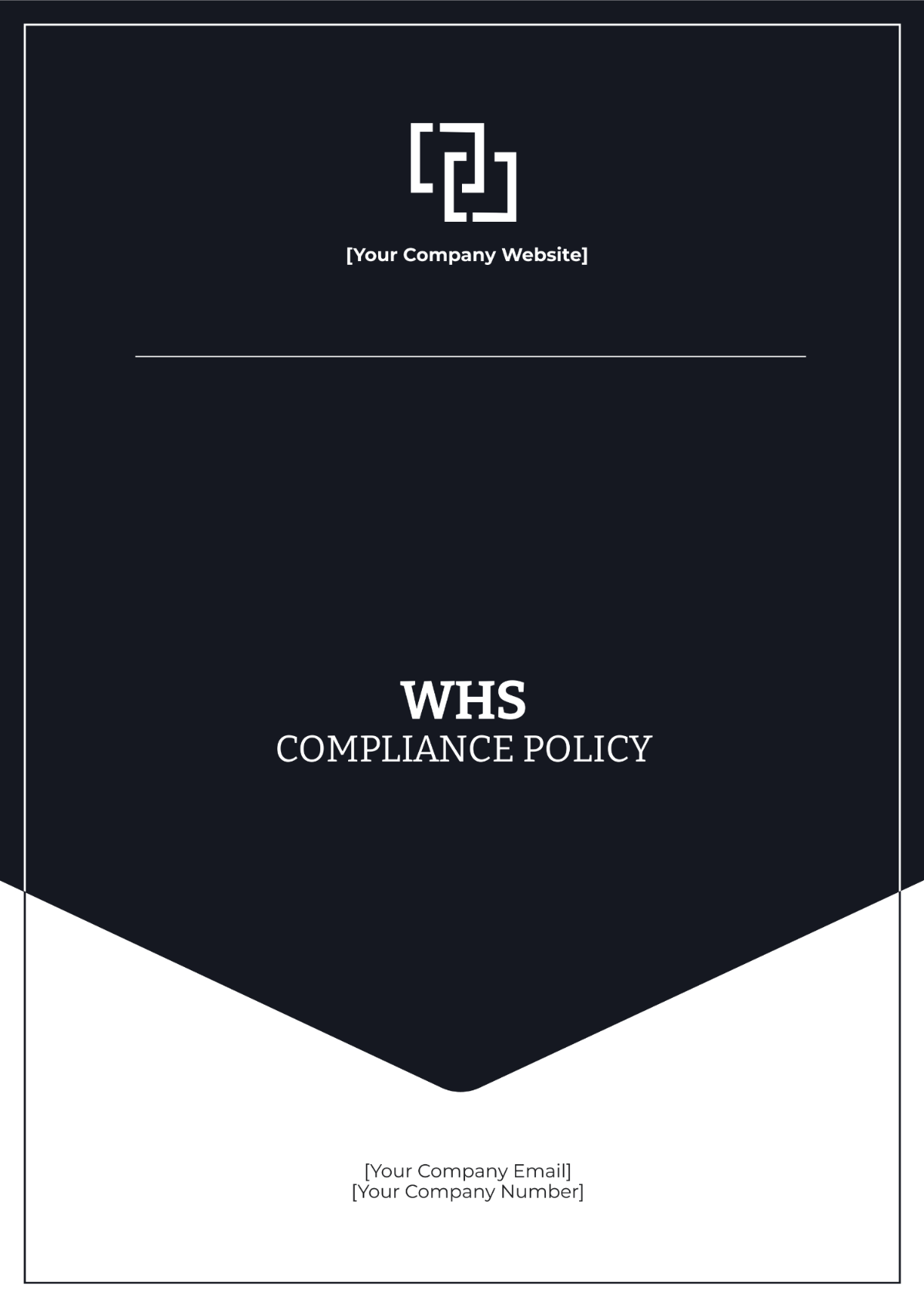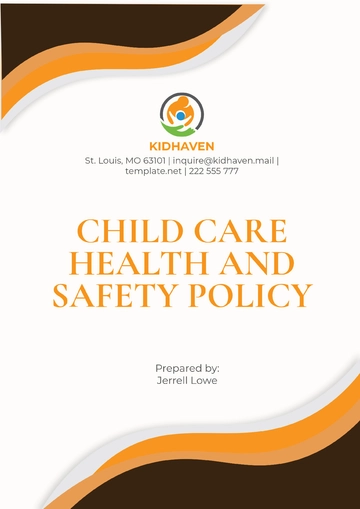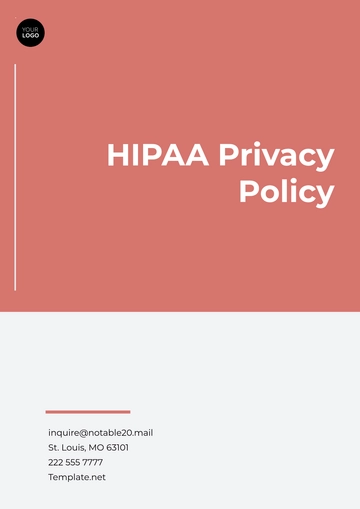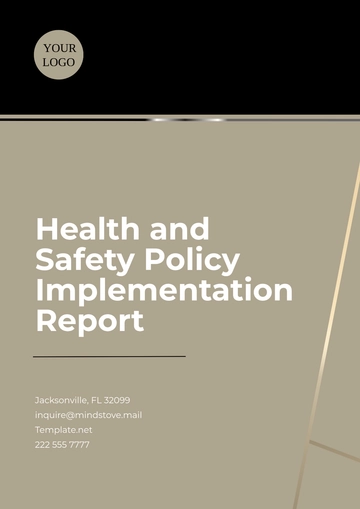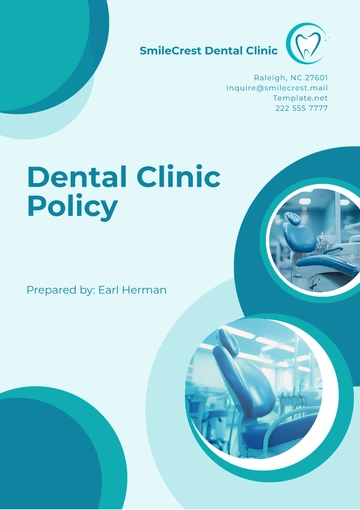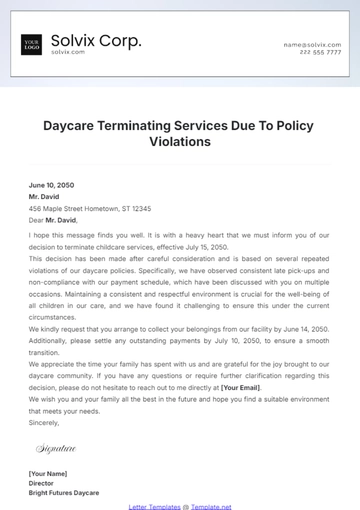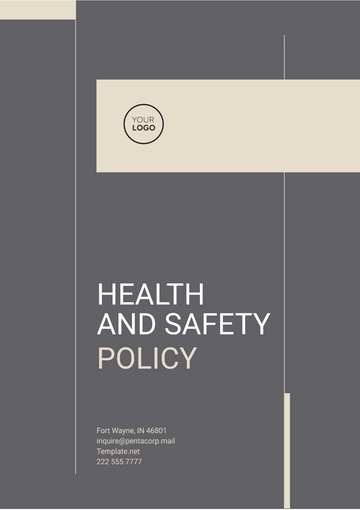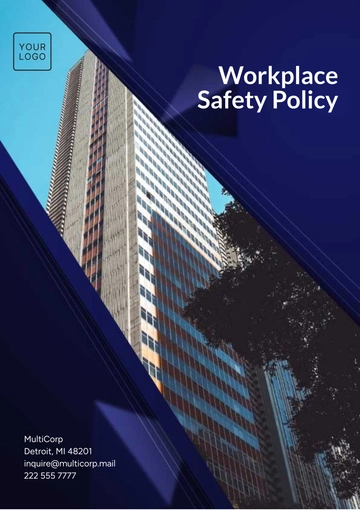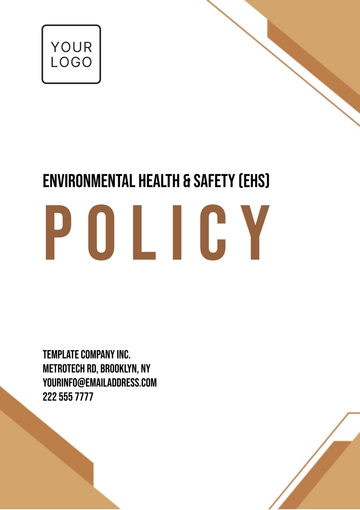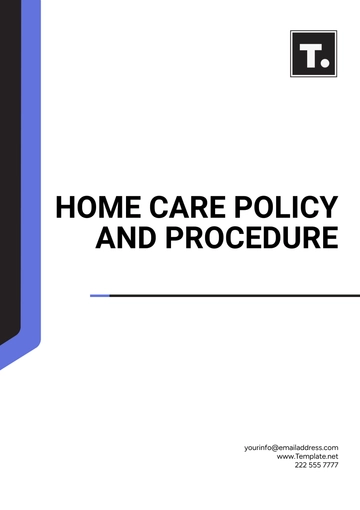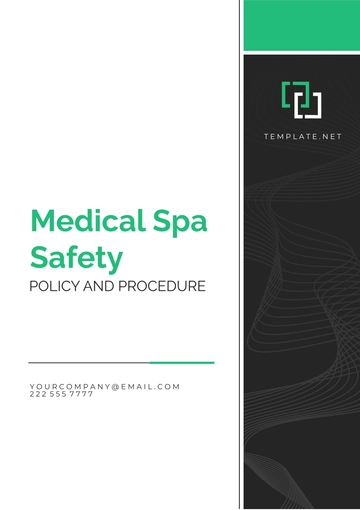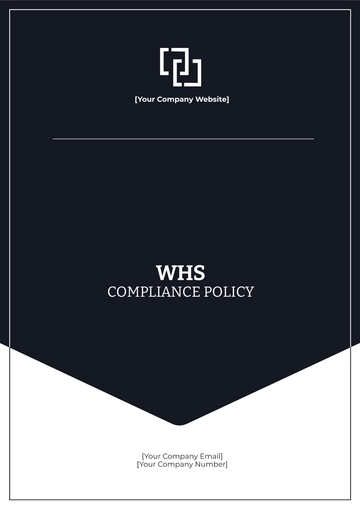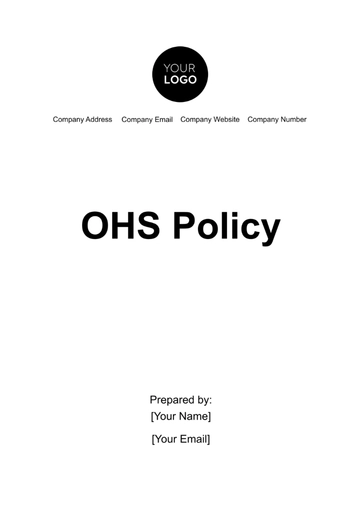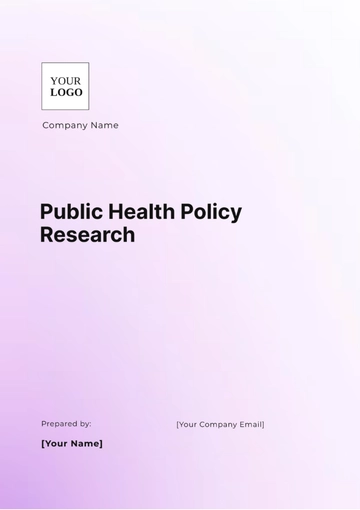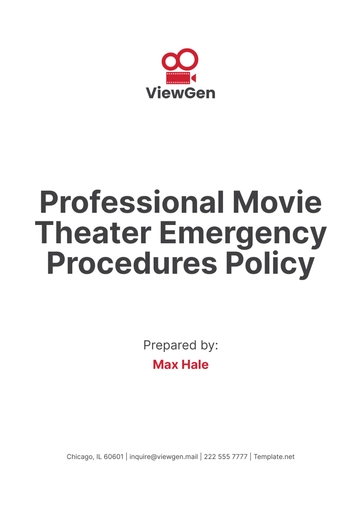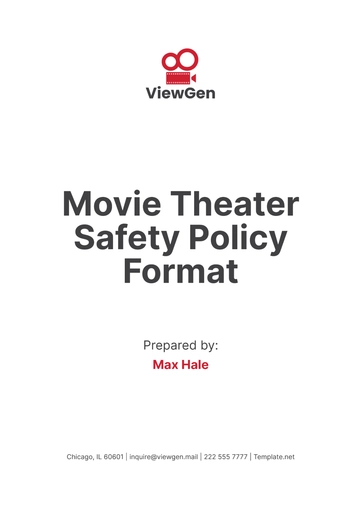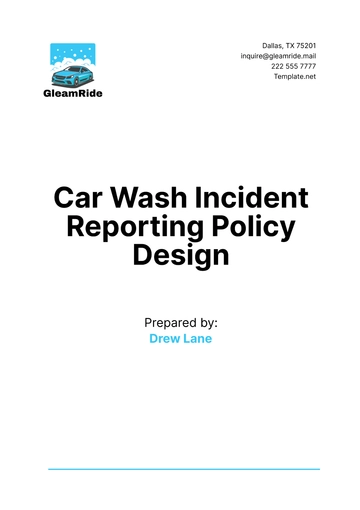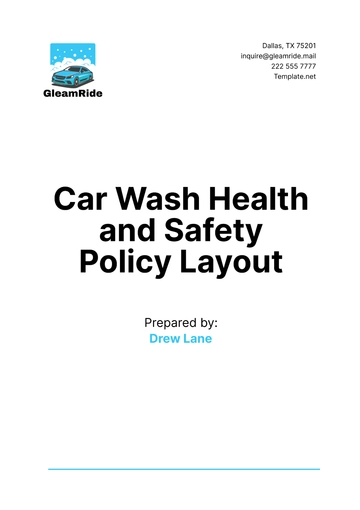WHS Compliance Policy
Introduction
The Work Health and Safety (WHS) Compliance Policy is established to ensure that [YOUR COMPANY NAME] effectively manages and adheres to all necessary health and safety regulations. This policy outlines the roles and responsibilities of employees at all levels and provides a framework for proactive risk management.
Scope
This policy applies to all employees, contractors, and visitors across all locations and operations controlled by the organization. It encompasses all areas where work activities are performed, including on-site and off-site locations.
Objectives
The primary objectives of the WHS Compliance Policy are:
To provide a safe and healthy work environment for all employees, contractors, and visitors.
To comply with all relevant WHS legislation and regulations.
To identify, assess, and control workplace hazards and risks.
To foster a culture of continuous improvement in WHS performance.
To ensure effective communication and consultation on WHS matters.
Roles and Responsibilities
Management
Ensure that the policy is implemented and integrated into all business activities.
Provide resources necessary for the maintenance and improvement of WHS standards.
Conduct regular reviews of WHS performance and compliance.
Supervisors
Monitor and enforce compliance with WHS policies and procedures.
Conduct regular inspections and risk assessments.
Provide training and support to employees on WHS matters.
Employees
Comply with all WHS policies and procedures.
Report hazards, incidents, and near misses promptly.
Participate in WHS training and initiatives.
Risk Management
The organization adopts a comprehensive risk management approach to identify, assess, and control WHS hazards. The following table outlines the key steps in the risk management process:
Step | Description |
|---|
Identify Hazards | Recognize potential sources of harm in the workplace. |
Assess Risks | Evaluate the likelihood and severity of harm arising from the hazards. |
Control Risks | Implement measures to eliminate or minimize the risks. |
Monitor and Review | Regularly evaluate the effectiveness of control measures and update as necessary. |
Training and Education
The organization is committed to providing ongoing WHS training and education to all employees. The WHS training program includes:
Induction training for new employees and contractors.
Regular refresher courses and updates on WHS policies and procedures.
Specialized training for employees in high-risk roles.
Incident Reporting and Investigation
All incidents, including near misses, must be reported and investigated to prevent recurrence. The incident reporting and investigation process involves:
Immediate reporting of incidents to supervisors.
Thorough investigation to determine the root cause.
Implementation of corrective actions to prevent future incidents.
Documentation and communication of investigation findings.
Communication and Consultation
[YOUR COMPANY NAME] values open and effective communication on WHS matters. Regular meetings, newsletters, and noticeboards are used to keep all employees informed about WHS issues and initiatives. Employees are encouraged to provide feedback and participate in WHS consultations.
Review and Continuous Improvement
This WHS Compliance Policy will be reviewed periodically to ensure its effectiveness and alignment with current legislation and best practices. Continuous improvement is a core principle of our WHS management system, and feedback from employees and stakeholders is crucial to this process.
References
The following documents and resources are referenced in the development of this policy:
Work Health and Safety Act 2011
Work Health and Safety Regulations 2011
Australian Standards for Occupational Health and Safety Management Systems (AS/NZS 4801)
Safe Work Australia Codes of Practice
Appendices
Appendix A: WHS Incident Report Form
Appendix B: Risk Assessment
Appendix C: WHS Training Calendar
Compliance Templates @ Template.net
